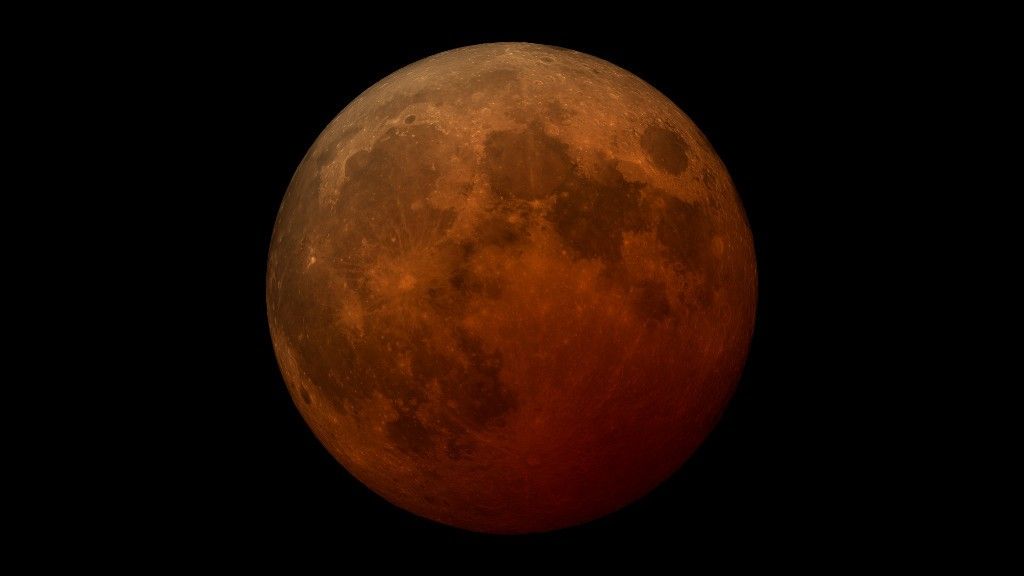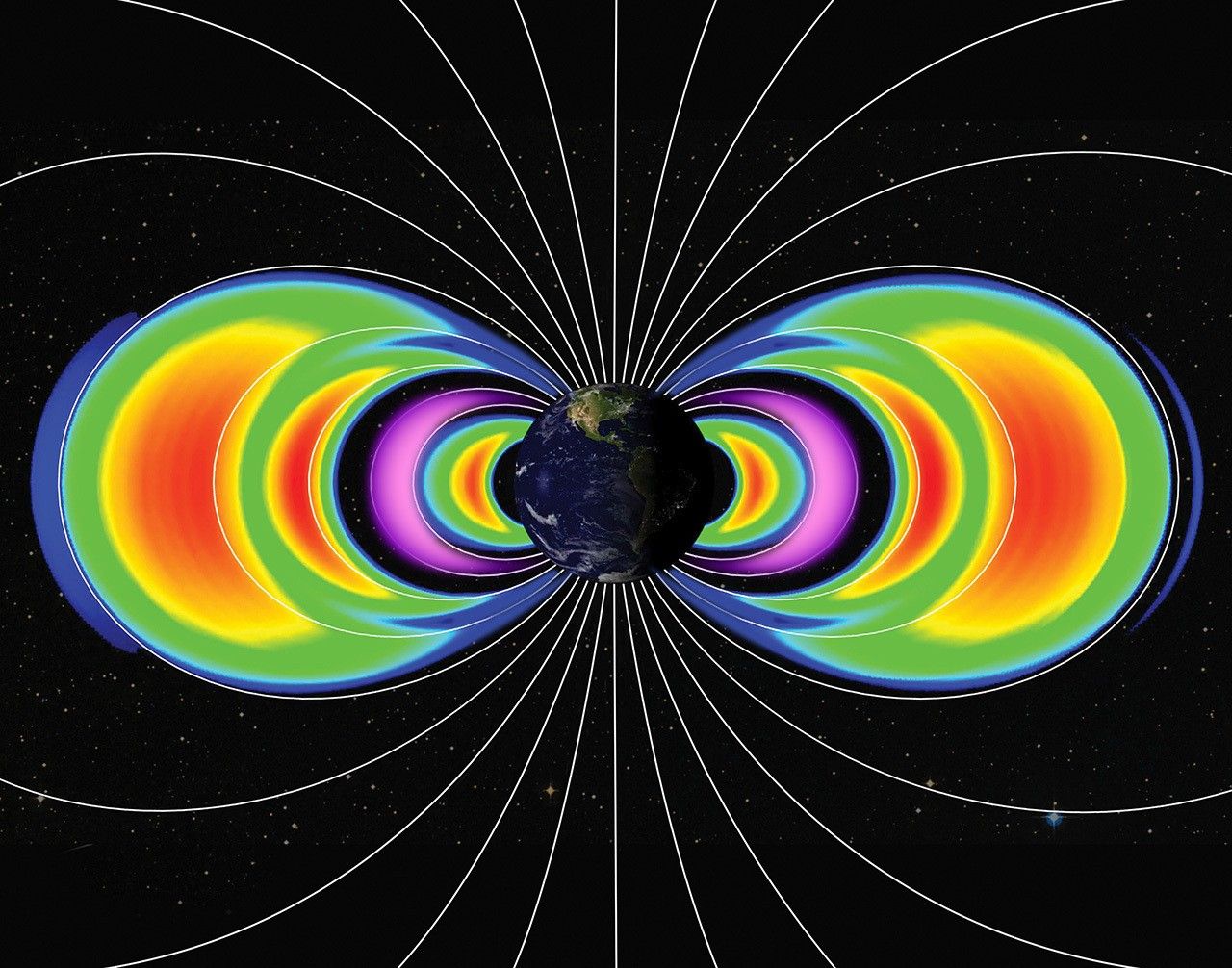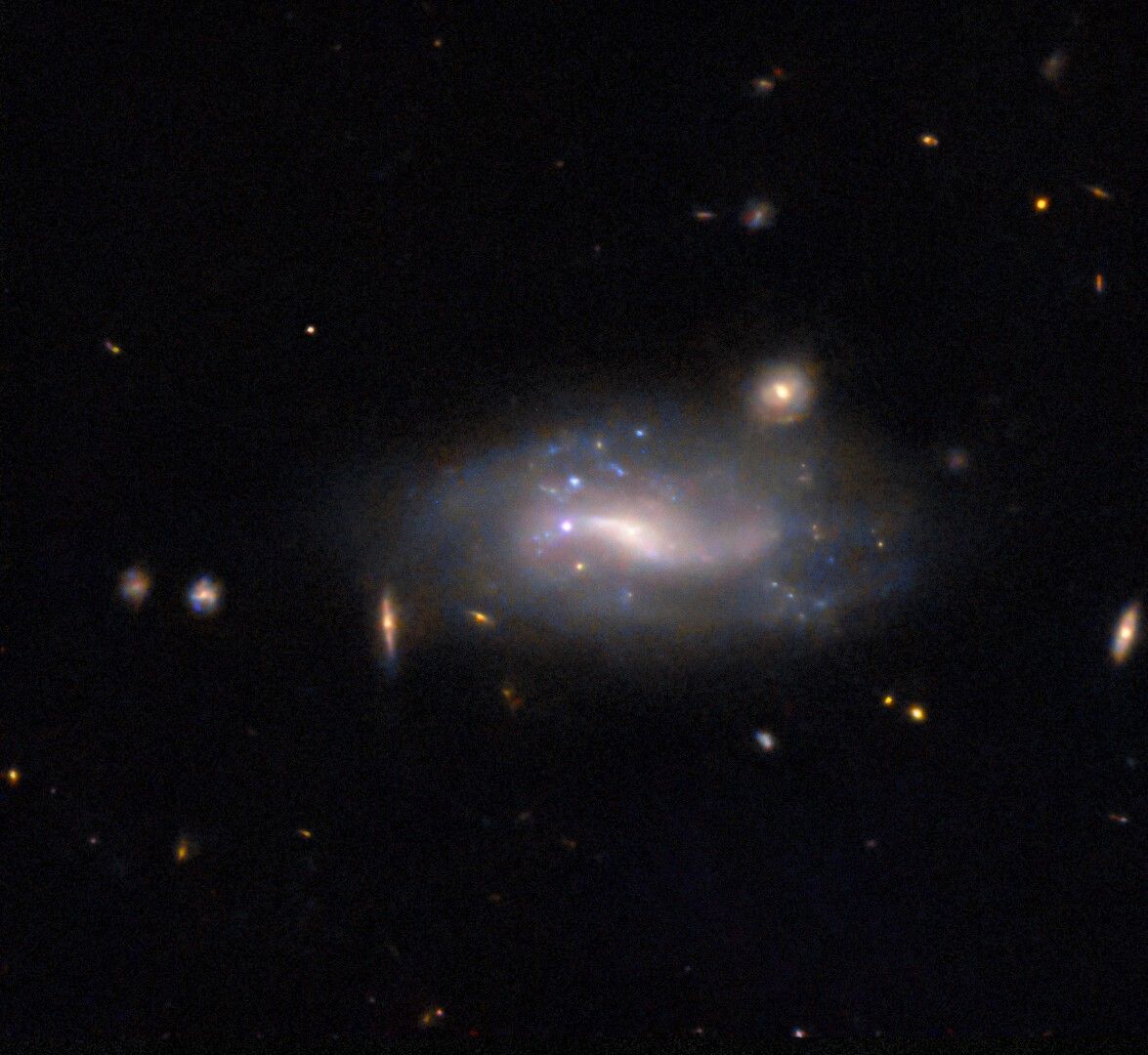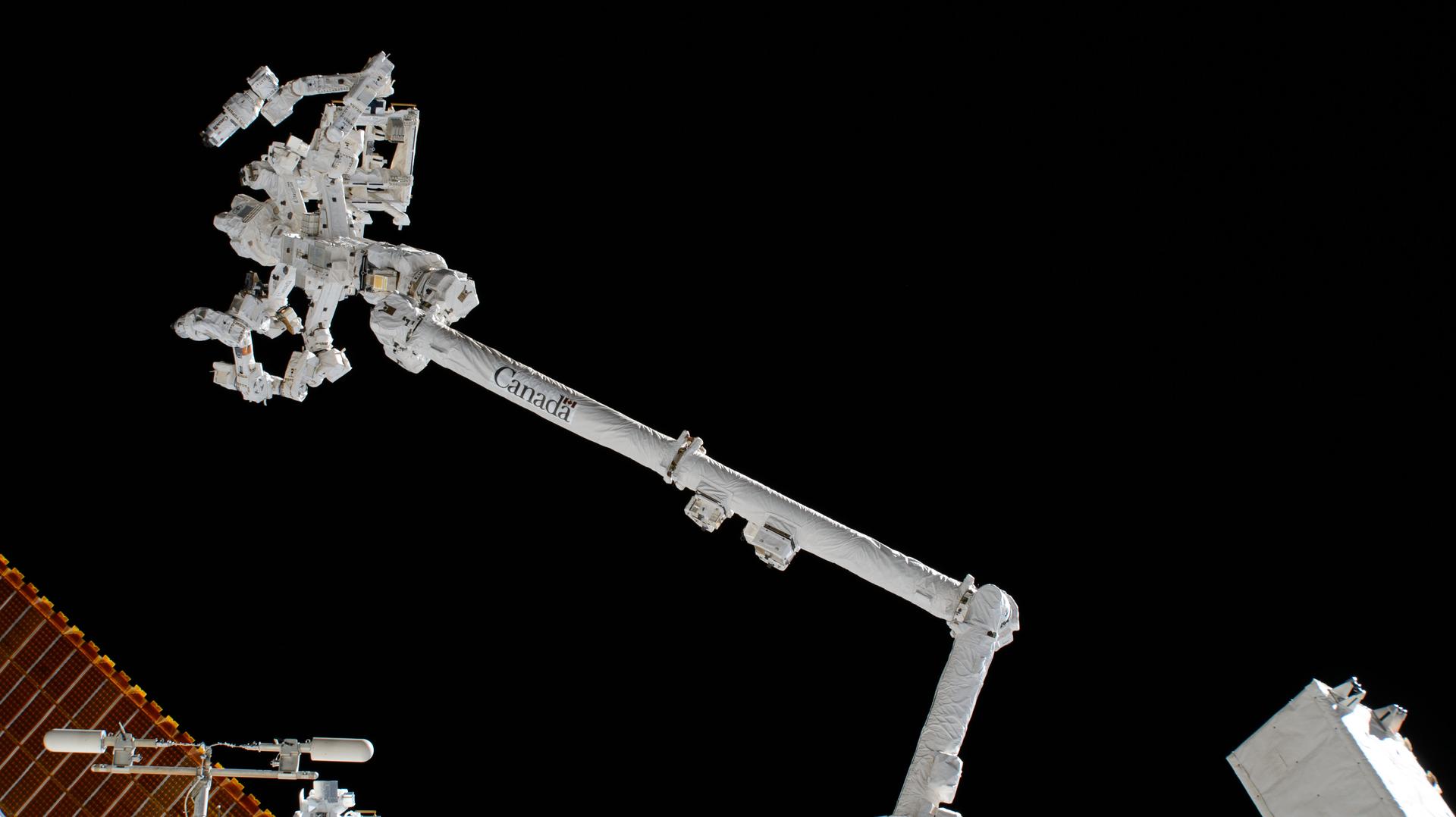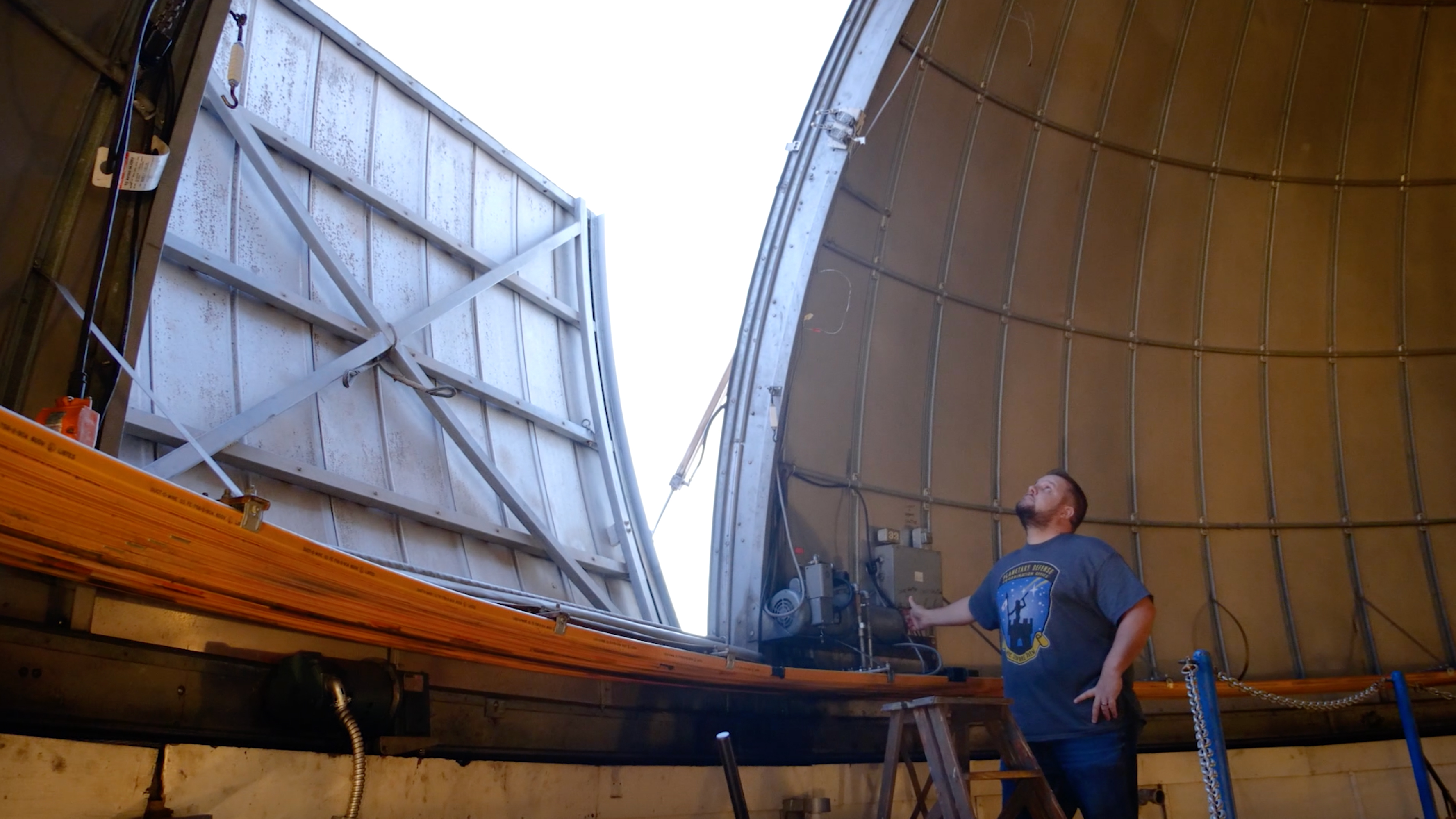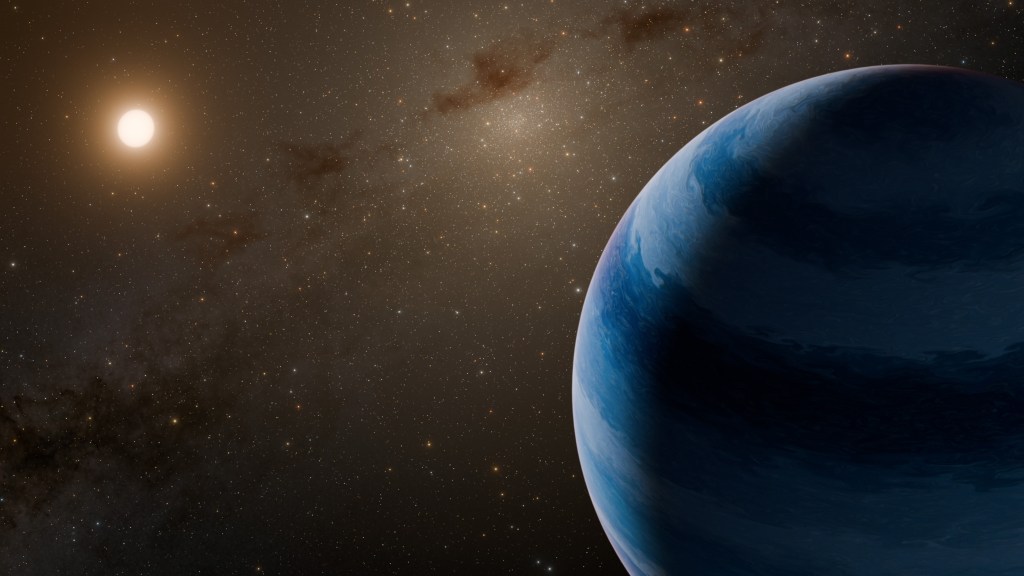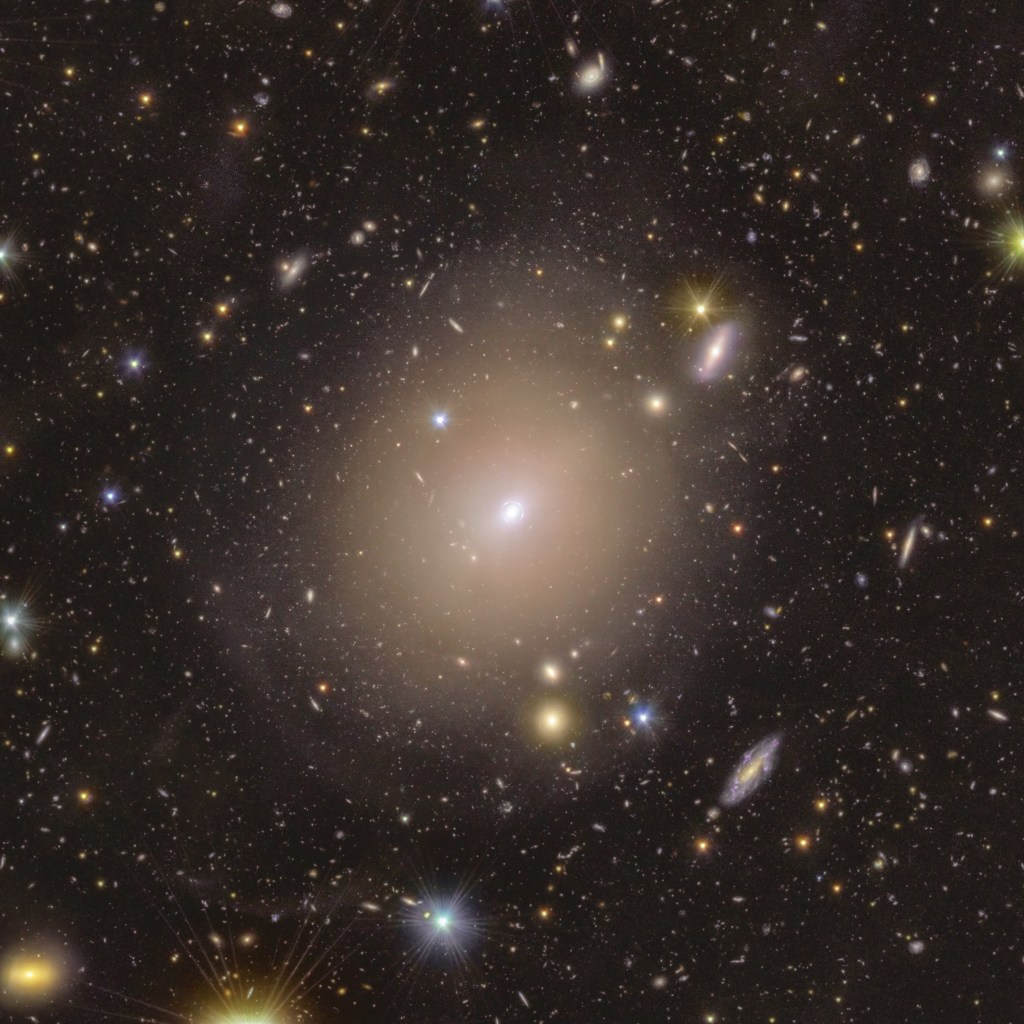Titan is the largest satellite of Saturn and is the only object in the outer solar system with a dense (1.5 bar at the surface) atmosphere mostly made of nitrogen like Earth. In Titan’s atmosphere, a complex organic chemistry induced by UV radiation and electron bombardment occurs between its main constituents, nitrogen (N2 – 95-98%) and methane (CH4 – 2-5%), and leads to the formation of larger molecules and subsequently solid aerosols, producing the orange haze surrounding Titan.
The Titan Haze Simulation (THS) experiment was developed at the NASA Ames COSmIC facility to investigate the chemical pathways that link the molecules resulting from the first steps of the N2-CH4 chemistry (C2H2, C2H4, HCN…) to the formation of benzene and polycyclic aromatic hydrocarbons (PAHs) as precursors to solid aerosols in Titan’s atmosphere. In the THS, the chemistry is simulated at Titan-like temperature (150-200 K) by a plasma generated in the stream of a supersonic expansion. Because the gas is accelerated to supersonic speed in the expansion, the residence time of the gas in the active region of the pulsed plasma discharge is ~3 µs resulting in a truncated chemistry that allows to control how far the chain of chemical reactions progresses, depending on the precursors present in the initial gas mixture. This way, we can probe the first and intermediate steps of the chemistry as well as specific chemical pathways by injecting different N2-CH4-based gas mixtures in the plasma, with or without the addition of heavier precursors present as trace elements on Titan (C2H2, C2H4, C2H6, C6H6…). Both the gas- and solid phases can be characterized: the gas phase by mass spectrometry and cavity ring down spectroscopy (CRDS), both highly sensitive in situ diagnostics; and the solid phase by ex situ scanning electron microscopy, infrared spectroscopy, mass spectrometry and x-ray absorption near edge structure spectroscopy.
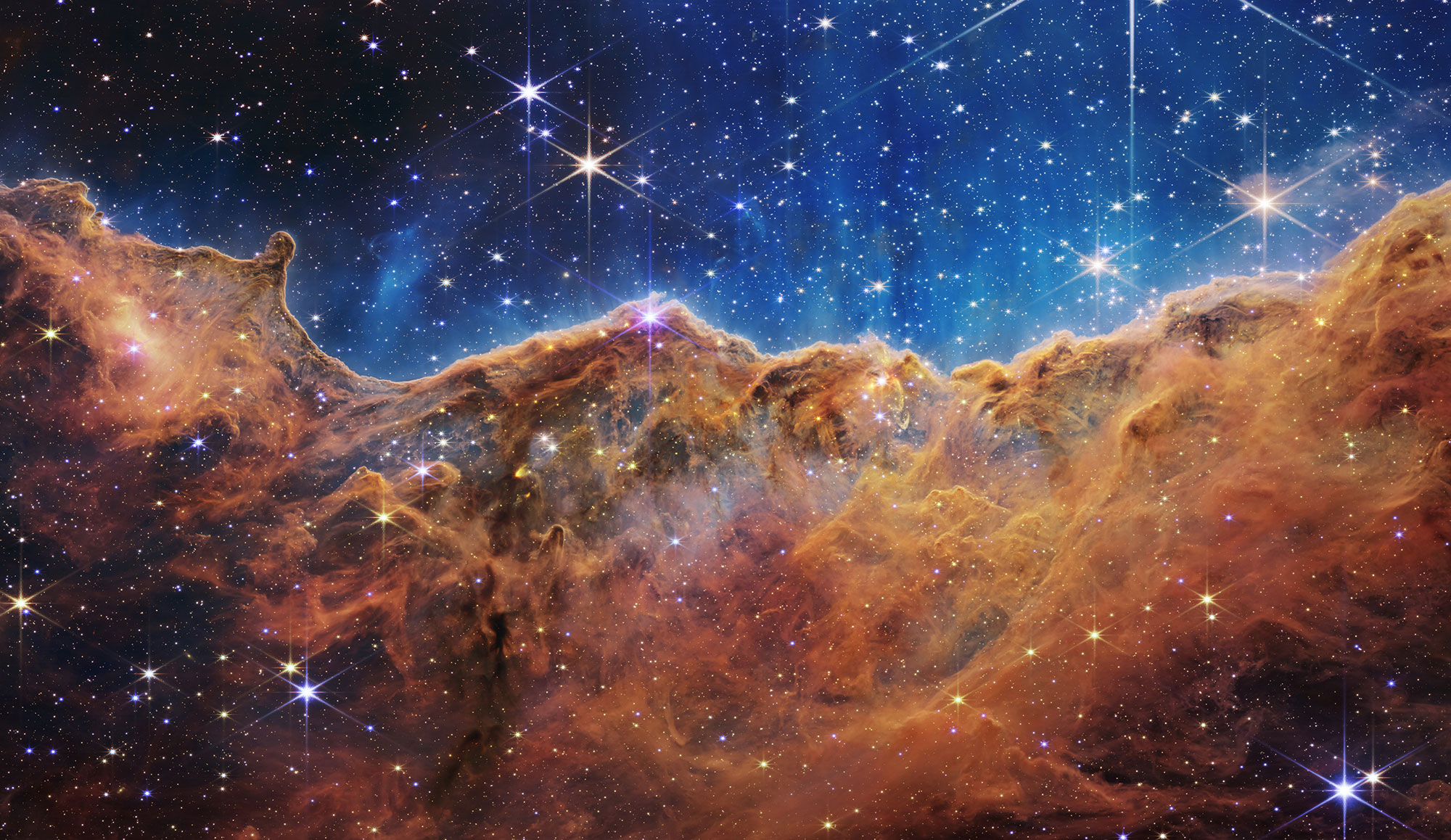
Recent Results
- The study of the gas phase by mass spectrometry has demonstrated the unique capability of the COSmIC/THS to simulate the first and intermediate steps as well as specific chemical pathways in Titan’s atmospheric chemistry; this has also been confirmed by modeling of the plasma discharge. (Sciamma-O’Brien et al.. 2014, Raymond et al. 2018)
- A plasma emission spectroscopic analysis using experimental data and a model by Biloiu et al. (2007) has demonstrated that the temperature of the neutrals remains low (~200 K) in the plasma discharge. (Sciamma-O’Brien et al.. 2017)
- The SEM study of the morphology of the grains has shown that more complex mixtures produce larger grains and aggregates. This result is in agreement with the gas phase analysis. The SEM images have also shown major differences in the morphology of the grains and aggregates, depending on the initial gas mixture. The observed changes in the fractal dimension of the aggregates have shown the need to further investigate the potential changes in the morphology of Titan’s aerosols depending on the atmospheric composition, which varies with altitude. This strongly impacts microphysical models used to interpret Cassini’s observational data. (Sciamma-O’Brien et al.. 2017)
- The mid-infrared spectroscopic analysis in the 4000 to 700 cm−1 (2.5–20 μm) range has highlighted changes in the nitrogen chemistry (its abundance, and how it is incorporated in the solid phase) depending on the initial gas mixture, as well as an increase in aromatic abundances when benzene is present. A comparison to Cassini VIMS observational data has shown that the THS tholins produced in simpler mixtures, i.e., containing a higher abundance of nitrogen combined with nitrogen incorporation deep in the molecular structure, are more representative of Titan’s aerosols) (Sciamma-O’Brien et al.. 2017)


